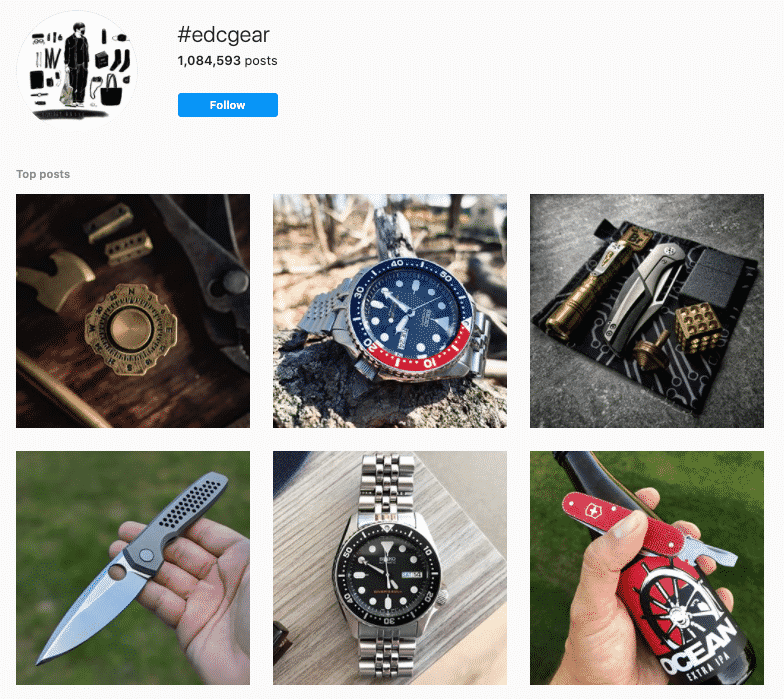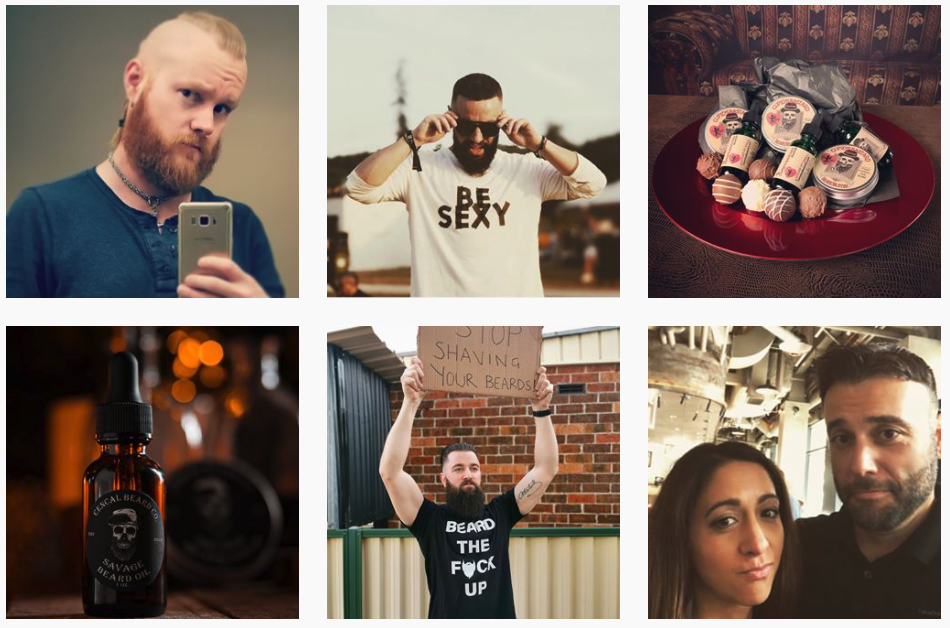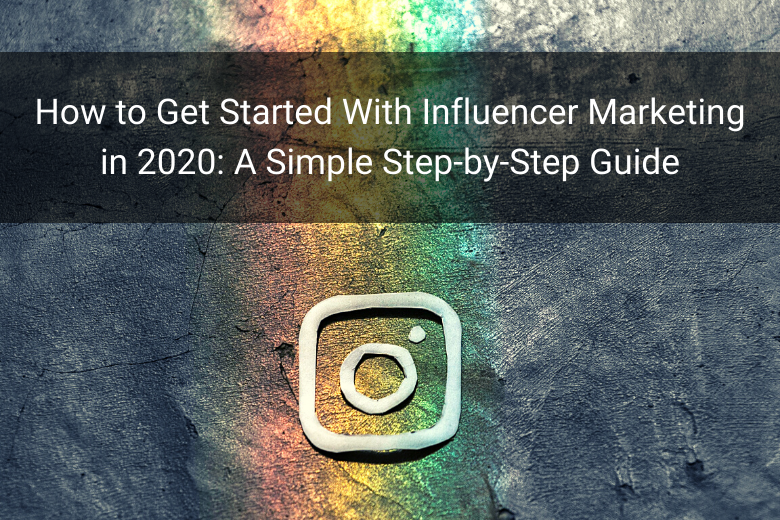Are you an ecommerce seller looking to start an influencer marketing campaign? You may already know how beneficial influencer marketing is and want to start implementing it for your own business, but are unsure of where to start.
It doesn’t have to be complicated! Here is a simple step-by-step guide from start to finish of a typical influencer campaign, which can help you get a clear overview of how it all works and the steps you take to make it happen.
1. Choose the right online platforms
Influencers can be found in most parts of the internet – here are just some examples:
- YouTube
- TikTok
- Blogs
- Websites
- Online forums
- Facebook groups
Notice that influencers don’t necessarily need to be individuals, but can also be online forums and groups centered around a specific interest (whether hobbies like sports, camping or dancing, or product categories like watches, makeup or baby clothes).
If your products fit well with the interest of a large group of active enthusiasts online, you really need to make your brand and products known to them and have conversations about you fire up on these forums!
When planning an influencer marketing campaign, you need to clearly determine the different places your audience tends to hang out online. This may be based on demographics, location and interests.
2. Find the right influencers
Now that you have selected the online platforms where you will be more likely to reach your target audience, now it’s time to look for the influencers that will best fit your business and goals.
Here are some factors to consider when choosing influencers:
Broad category or niche
Depending on your products, are you looking to target a wide audience (e.g. men’s lifestyle) or a narrowed down niche audience (e.g. everyday carry tools)?
Provided how big of an interest there is around a certain niche topic online (there is actually a large circle of EDC (everyday carry) content creators on Instagram and YouTube), you may use a combination with more emphasis on one or the other. Remember that smaller niche accounts may have a much more engaged follower base compared to very large, broad category accounts.
The most important thing is to work with influencers that are relevant to your business and products – don’t reach out to a digital artist and ask them to promote your workout supplements (this happens more often that you would think).

Audience
It may be tempting to look at someone’s audience size alone to determine whether they’re influential enough, but numbers alone can be deceiving.
These days there are for instance many instagrammers who buy their followers, likes and comments, and at first glance it’s easy to get the impression that they are popular and have an engaged audience base. And there may be YouTube channels that have hundreds of thousands of followers, but hardly any video views or comments.
When determining whether someone is ‘influential’ enough, get an overall picture of them based on the combination of the following:
- Audience size (followers, subscribers, members, website visitors etc.)
- Likes and shares of their content
- Number of comments that are relevant to their content (not only general comments like: “love your work!”)
- Do they engage their audience to start a conversation or discussion?
- Does their audience express that they feel inspired or motivated by the content?
Content
If your products look good in front of a camera, instagrammers will make amazing photo content with your products. If your product has interesting technical features, product reviewers on YouTube will demonstrate and test these features on video for an audience of potential buyers who are looking to learn more about a product online before purchasing.
When choosing influencers, ask yourself if their content fits well with your brand’s personality and style. The types of influencers you work with will also reflect upon you as a brand. You want to keep a consistent brand image, even when it comes to your influencers.
They may have their own unique aesthetics and style in their content which may differ from yours, but just make sure that they aren’t incompatible with your brand.

3. Reach out
After you have compiled a substantial list of potential influencers you would like to work with, it is time for the outreach:
Get in touch
When first getting started with influencer marketing, the best thing to do is to be personal and friendly in your messages. DM them or send them an email, expressing that you genuinely enjoy their content, and that you would love to work together with them. Tell them about your company and what makes you special, and why they should want to work together with you.
Negotiate the terms
When you have started a conversation, let them know clearly what type of content you’re looking for, when you would like them to have the content ready (particularly if it’s part of a time bound campaign), and be ready to negotiate the compensation.
Depending on your product type and value, you might be able to send them one of your products for them to create content on, and let them keep the product as payment. Otherwise, the compensation may be monetary, or a combination of free products and payment.
Agreement
Once you have agreed, it’s time to get the ball rolling! If you are sending them products for them to use in their content, have it sent over to them and follow up to make sure they receive it in time.
4. Organize the outreach campaign
When you are reaching out to a long list of influencers, it’s imperative to keep an organized system of where each one of them is in the campaign:
- Who has been contacted
- Who has agreed to work with you
- The terms and price agreed upon for each of them
- Who has received your products (if you’re sending them your products)
- Who has published their content
- Link to their published content
If you have not yet started using online tools or platforms for influencer marketing, you may create spreadsheets to list the influencers and make a checklist system for each step of the campaign.

5. Measure the results
When starting off with influencer marketing, tracking the results may be tricky. It’s not always easy to directly track sales attribution from influencer marketing; As an example, a customer might have seen your products various places on the internet through various devices, and only a month later decide to visit your website directly and make a purchase.
However, here are some ways to get a good overall sense on how your campaign is doing:
UTM
You may have each influencer link to your website/product pages via UTM links, so that you can track where website visitors came from – ideally, you would give influencers a short and easy to remember Bitly link made from the UTM tracking link.
Online engagement
If you are using influencers on sites like Instagram, besides looking at the engagement someone gets from their content featuring your products, see if you notice more brand mentions, if your hashtags get used more or if you get more engagement and following on your own Instagram account.
Sales
Do you see a spike in your sales figures after starting your influencer campaign? Do you notice in your analytics if you get more sales from any particular geographical area, linked to the target audience of any influencer you are working with (e.g. more customers from Germany after having worked together with a German product reviewer)?
The most direct way of tracking sales is when you are giving your influencers their own affiliate discount codes. You will easily be able to see how many sales have been attributed to a particular influencer.
6. Wrapping up
Having measured the results of your influencer marketing campaign, you might start tweaking and refining it for your next campaign.
Analyse the following:
- What worked in this campaign?
- What didn’t work?
- Which influencers were effective?
- Which influencers were less effective and should be dropped?
- Was the ROI as expected?
- What should we focus more on for the next campaign?
- Which areas/categories of influencers can we expand to?
- What other types of content/platforms can we expand to?
Conclusion
This guide should have given you an overview of how an influencer marketing campaign works, and hopefully inspired you to start planning your own campaigns. Remember, this is just how to get started – if you want to eventually build more upon your work with influencers, you may start expanding to using professional influencer marketing platforms online.
But keep in mind that building up good, personal, long lasting partnerships with a few very effective influencers can in the long run lead to much more sales than hundreds of ‘flaky’ influencers you barely know.
Need a better shipping solution for your products?
Floship is a tech-powered ecommerce order fulfillment provider based in Hong Kong. Our unrivaled eCommerce order fulfillment software connects ecommerce platforms, warehouses, couriers and more, aiming at the perfect e-fulfillment process from the moment one of your customers places an order to the actual delivery at their doorstep. If you are looking for a capable, reliable and dedicated fulfillment provider, search no more. Floship has got you covered. Request a free consultation now!

Ready To Upgrade Your Logistic Solution?
Speak to Floship ecommerce logistic consultant about improving your global support chain today





